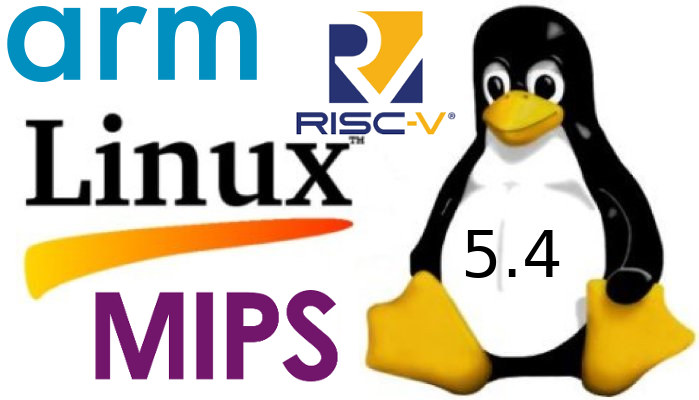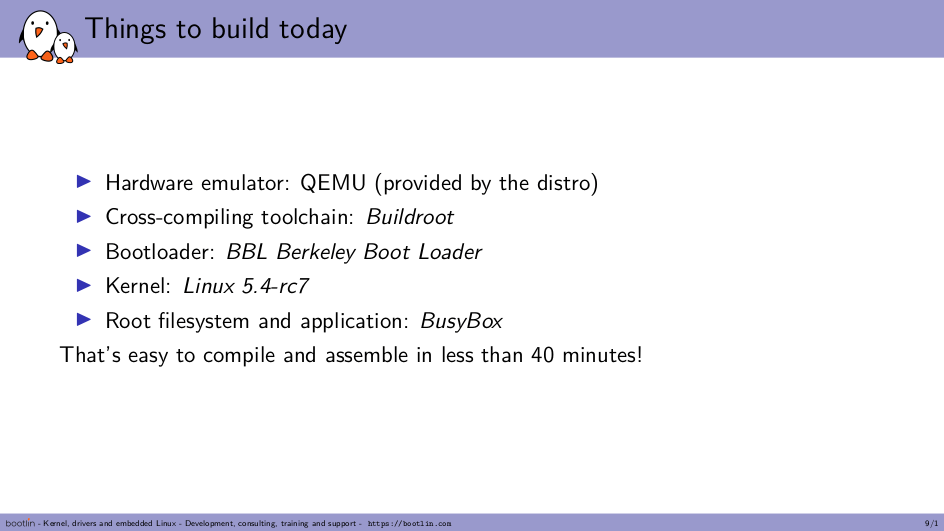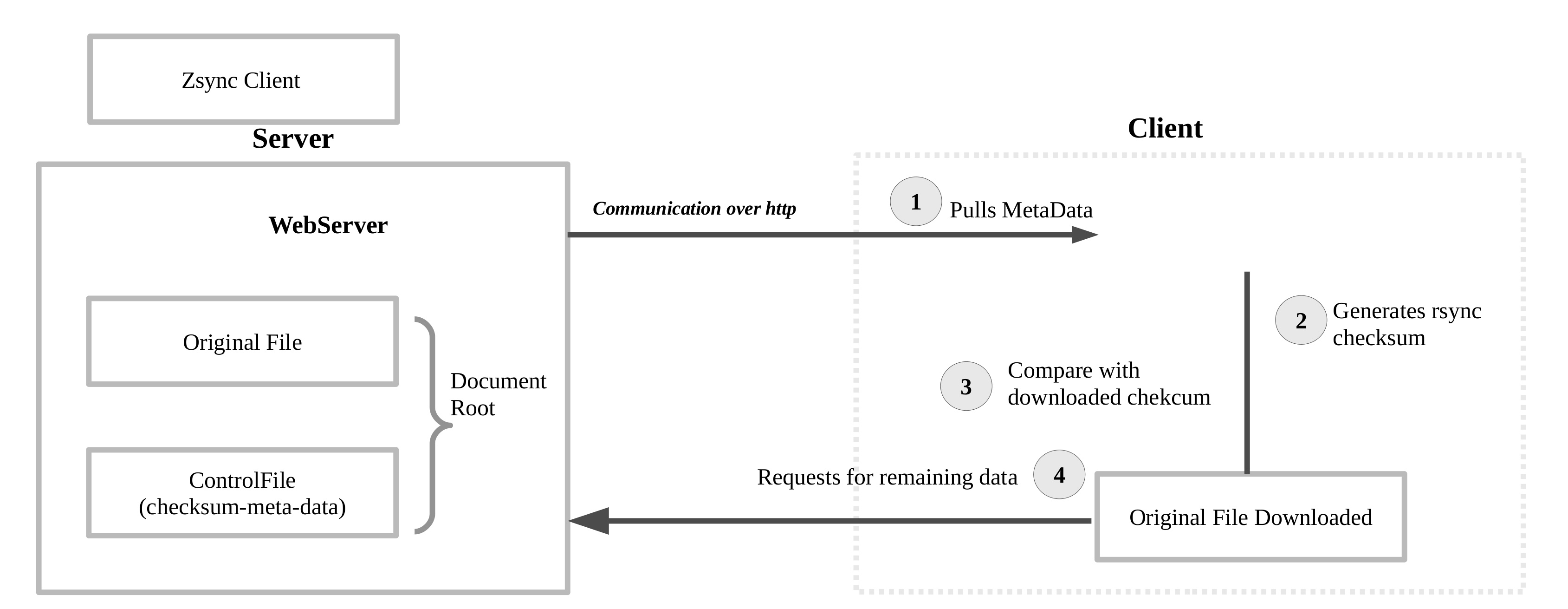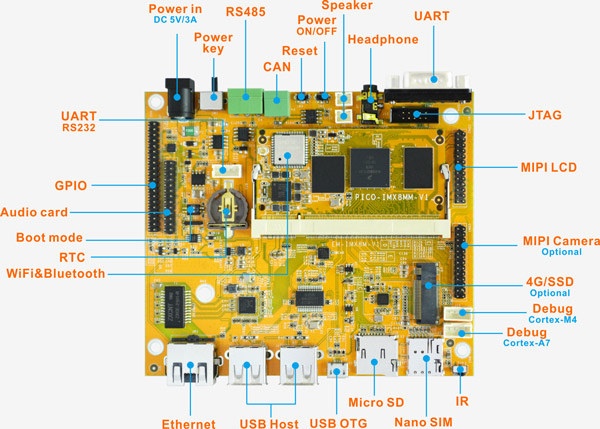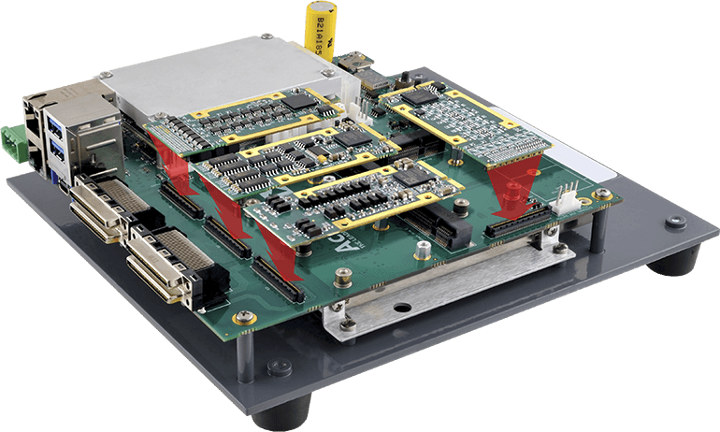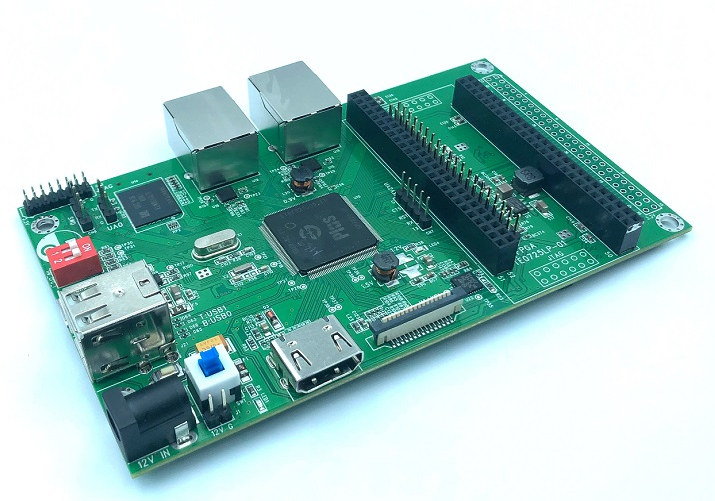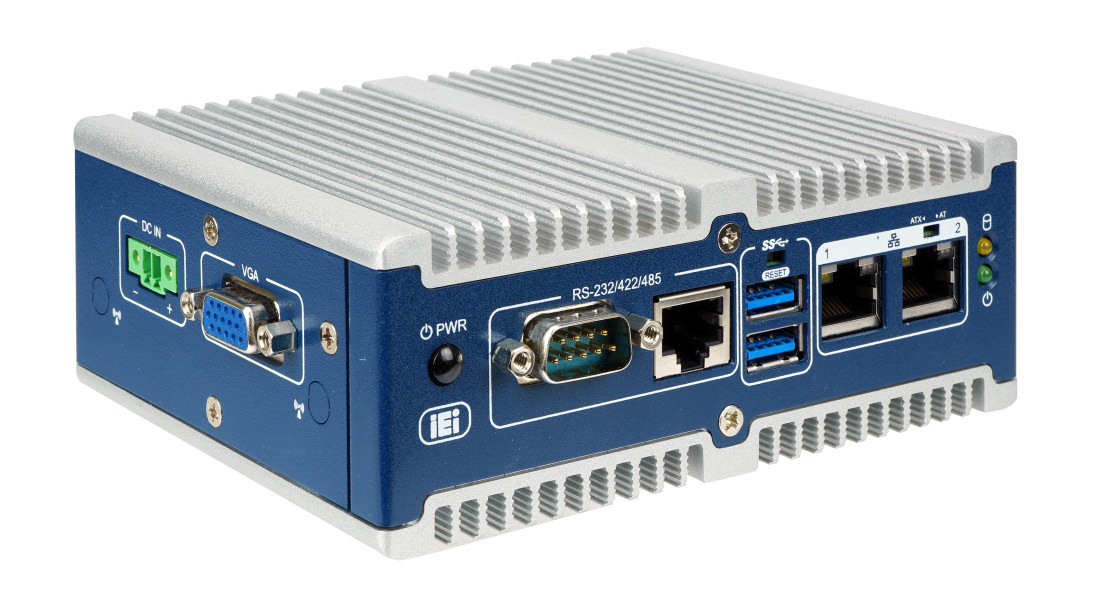Linus Torvalds has just announced the release of Linux 5.4: Not a lot happened this last week, which is just how I like it. And as expected, most of the pull requests I got were for the 5.5 merge window, which I’ll obviously start working through tomorrow. What little there is here is mostly some networking updates (mix of network drivers and core networking), and some minor GPU driver updates. Other than that it’s a small collection of random other things all over. The appended shortlog is small enough that you might as well just scroll through it. Anyway, this obviously opens the merge window for 5.5. It’s not ideal timing with Thanksgiving week coming up, but it hopefully shouldn’t be too much of an issue. If I fall behind (not because I’m all that big of a fan of the indiscriminate and relentless turkey-killing holiday) it’s because we’ve got […]
Getting Started with Embedded Linux on RISC-V in QEMU
RISC-V is getting more and more popular, but if you want to run Linux on actual hardware it’s currently fairly expensive since you either need to rely on HiFive Unleashed SBC ($999), or expensive FPGAs. Another solution is running Linux RISC-V via QEMU emulator, and I showed how to do this using BBL (Berkeley Boot Loader), Linux 4.14, and busybear rootfs. If you check the comments section of that earlier post you could also try out Fedora RISC-V images in QEMU. Bootlin has now published a presentation showing how to run embedded Linux on RISC-V in QEMU with many of the same components as in the previous instructions, but with a more up-to-date Linux kernel (5.4), and using Buildroot to build everything from scratch including the toolchain, BBL, the Linux kernel, and a Busybox based root file system. They explain each step in detail in the 45-page presentation to allow […]
Zsync HTTP-based File Transfer Utility Transfers Large Files Efficiently
Zsync is an opensource file transfer utility built on top of rsync algorithm. This helps to download partial/differential files over the HTTP protocol. The utility allows downloading only new parts of a file from a centralized location, where the older version of the file is already within your computer. While rsync is for syncing data from one computer to another, zsync allows file distribution, where the file hosted in a server using any web server can be distributed to many and downloaded seamlessly. How it works The command-line utility will do all the differential calculations in the client, instead of doing it in the server as in rsync. Server metadata will be created only once and stored as part of the control file. And rest of the operations and decision making will be handled by the client-side application. This will reduce the huge processing needed on the server-side, even when […]
Boardcon EM-IMX8M-MINI SBC Drives a MIPI DSI Display via NXP i.MX 8M Mini Processor
We’ve been covered SBC’s and SoM’s from Boardcon for at least 5 years, with our latest article detailing Boardcon Idea3399 SBC powered by Rockchip RK3399 processor, and launched this September. The company has now launched another single board computer with EM-IMX8M-MINI featuring an NXP i.MX 8M Mini system-on-module (SoM) with 2GB LPDDR4, 8GB eMMC flash, and wireless connectivity. The board is designed for a “wide range of multimedia applications” and offers a MIPI DSI interface for LCDs up to 1920×1080 resolution. Boardcon EM-IMX8M-MINI specifications: SOM-IMX8M-MINI SoM (aka PICO-IMX8MM-V1) SoC – NXP i.MX8M Mini Quad with 4x Arm Cortex-A53 @ up to 1.8GHz, Arm an Arm Cortex-M4F real-time microcontroller @ 400MHz, Vivante GCNanoUltra 3D GPU, and Vivante GC320 2D GPU System Memory – 2GB LPDDR4 RAM Storage – 8GB eMMC 5.1 flash, QSPI NOR flash Connectivity – 802.11n WiFi 4 and Bluetooth 4.0 via an Ampak AP6236 module I/Os via 200-pin […]
PinePhone “BraveHeart” Limited Edition Linux Smartphone is Now Available for $150
Pinephone is a Linux smartphone powered by an Allwinner A64 processor, and running one of the various Linux mobile distributions such as PostmarketOS or Ubuntu Touch among others. Last time we wrote about Pinephone mass-production schedule, the phone was expected to start shipping in October, and there has been a slight delay, but the good news is that Pinephone “BraveHeart” Limited Edition is now up for sale for $149.99. Note this batch is for enthusiasts as the phone may have some defects, and comes without operating system with the users having to flash it themselves. Pinephone specifications: SoC – Allwinner A64 quad-core Cortex-A53 processor @ up to 1.2 GHz with Arm Mali-400MP2 GPU System Memory – 2GB LPDDR3 SDRAM Storage – 16GB eMMC flash, MicroSD Card (SDHC/SDXC) up to 2TB Display – 5.95″ IPS capacitive touchscreen with 1440×720 resolution Audio – Mono loudspeaker, 3.5mm stereo audio jack with mic support […]
Acromag COM Express Type 10 Mini-ITX Carrier Card Supports Four Acropack mini PCIe Modules
Acromag, a company based in Michigan and specialized in the industrial I/O market, has recently launched ACEX4041 COM Express Type 10 Mini-ITX carrier card which supports up to four of the company’s AcroPack mini-PCIe I/O modules. ACEX4041 COM Express Type 10 Mini-ITX Carrier Card The Mini-ITX form factor of the board enables it to interfaces four plug-in AcroPack I/O modules to an Intel Atom E3950 (Apollo Lake) CPU module with provisions for both M.2 and SATA SSD data storage and a variety of peripherals on-board. ACEX4041 specifications: SoM Compatibility Electrical and mechanical interface for industry-standard COM Express Type 10 Mini (55mm x 84mm) CPU modules with four PCIe lanes configured as an x4 port for optimal performance. Current CPU Option – Intel Atom E3950 quad-core, 1×4 PCIe configuration, 1.6/2.0GHz (Turbo) , 4GB RAM, 12W. PCIe Switch – 9-port 12-lane PCIe Gen 2 switch expands the single host PCIe x4 port […]
Banana Pi BPI-F2S SBC is Powered by SunPlus SP7021 Processor, Supports Xilinx Artix-7 FPGA Add-on Board
BPI Tech, a spinoff from SinoVoIP, has introduced a new single board computer with Banana Pi BPI-F2S powered by SunPlus SP7021 “Plus1” SoC with four Cortex-A7 cores, one older ARM9 real-time core, and one even older 8051 IO controller. The chip also embeds up to 512MB DDR3 memory. The board comes an 8GB flash, dual Fast Ethernet, HDMI, a 40-pin Raspberry Pi compatible GPIO header, as well as headers for an optional Xilinx Artix-7 FPGA expansion board. Banana Pi BPI-F2S SBC Specifications: SoC – Sunplus SP7021 “Plus1” with a quad-core Cortex-A7 processor @ 1.0 GHz, one Arm A926 microprocessor, an 8051 core to handle I/Os, and 128MB or 512MB DDR3 DRAM. Storage – 8GB eMMC flash, microSD card slot Video Output – HDMI 1.4 output Camera I/F – MIPI CSI connector Connectivity – 2x 10/100M Ethernet USB – 2x USB 2.0 host ports, 1x micro USB port Expansion 40-pin GPIO […]
IEI ITG-100AI DIN-Rail Rugged mini PC Comes with a Myriad X AI Accelerator Module
Intel Myriad X vision processing unit was first introduced in 2017 as an upgrade to Myriad 2 VPU delivering up to 1 TOPS of neural compute performance. The new chip was eventually integrated into Intel Neural Compute Stick 2 launched late last year. We previously wrote about AAEON Boxer 8310AI family of Apollo Lake mini PCs featuring a Myriad X mPCIe module, but there’s now another company, namely Taiwan-based IEI, that has launched its own Myriad X powered rugged mini PC. Meet IEI ITG-100AI fanless AI embedded system. IEI ITG-100AI DIN-Rail Rugged mini PC Specifications: SoC – Intel Atom x5-E3930 dual-core Apollo lake processor @ 1.3GHz / 1.8 GHz (Turbo) with 12EU Intel HD Graphics 500; TDP: 6.5W System Memory: – 1x 204-pin DDR3L SO-DIMM slot pre-installed with 8 GB memory Storage – 128GB SATADOM, MicroSD slot, optional eMMC 5.0 flash up to 32GB. Display – 1 x VGA Connectivity […]


